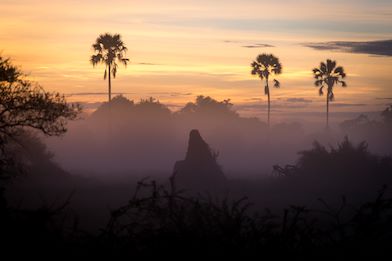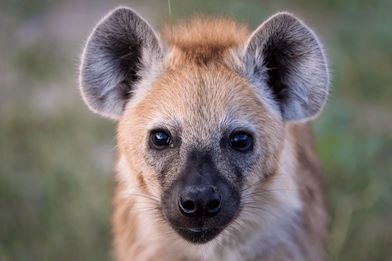Zambia is one of the few remaining African countries where viable populations of the most social of the big cats, namely lions, occur within the greater Kafue ecosystem, home to the country’s second largest population. In Kafue’s north lies a vast wilderness – the 90 000-hectare Busanga Plains.
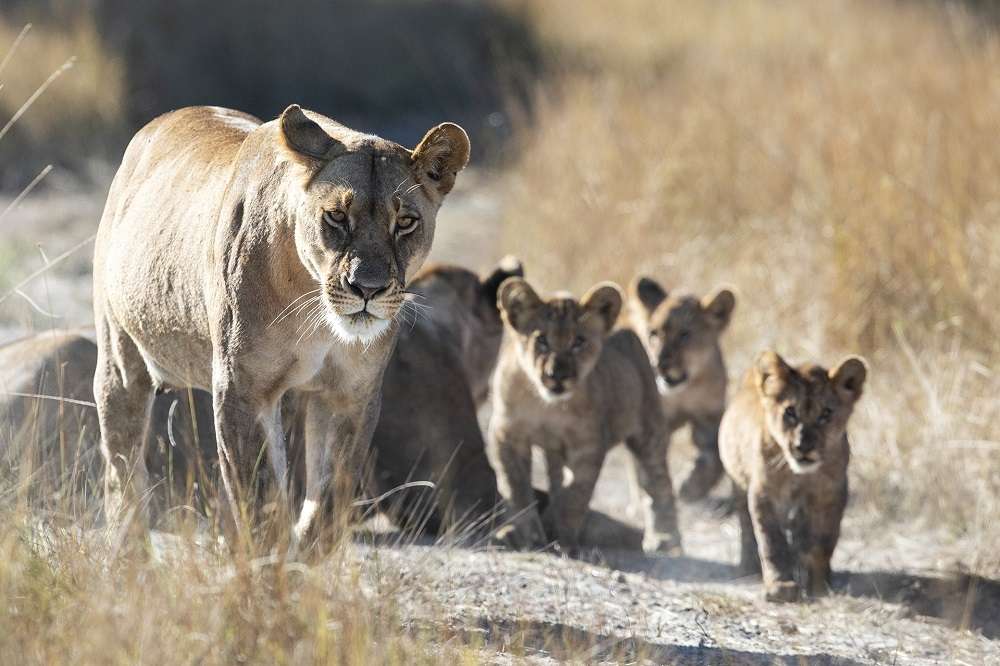
The grassy expanse of Busanga is quite different to the miombo woodland that blankets most of the Kafue. The Lufupa Channel, a tributary of the Kafue River, feeds these vast fertile grasslands in the wet summer months. In the dry winter, as the Lufupa’s backflow from the Kafue recedes, it leaves behind a swathe of open grasslands dotted with smaller islands – creating one of Africa’s most remarkable landscapes.
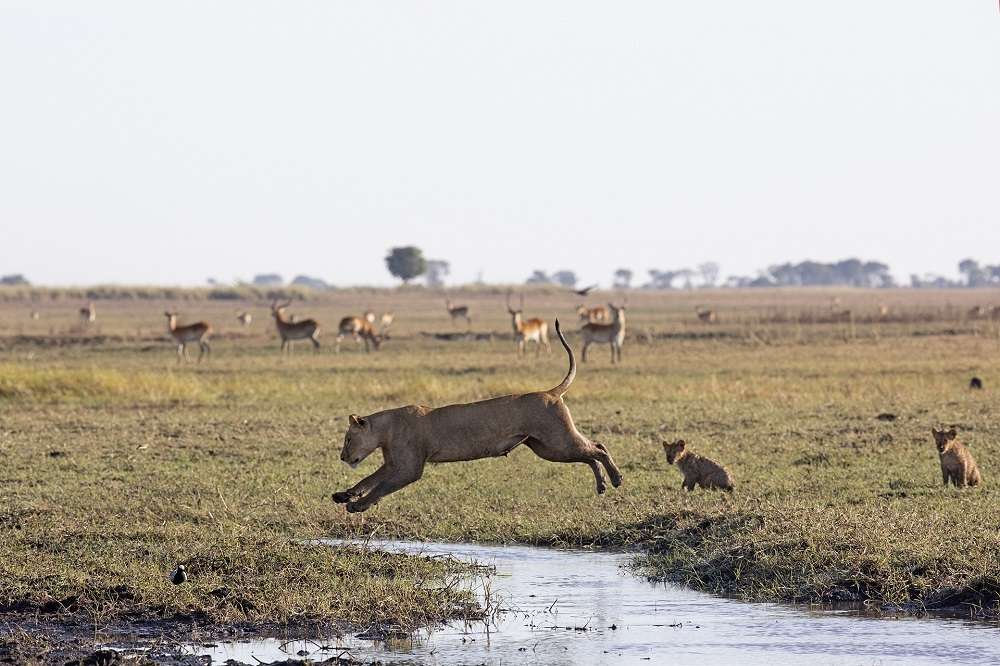
With both Wilderness Shumba and Busanga Bush Camp open again for the season as of 1 June, the first visitors have enjoyed some incredible wildlife experiences. Possibly Busanga’s most famous residents are the Papyrus Pride though – a group of lions adapted to semi-aquatic life here.
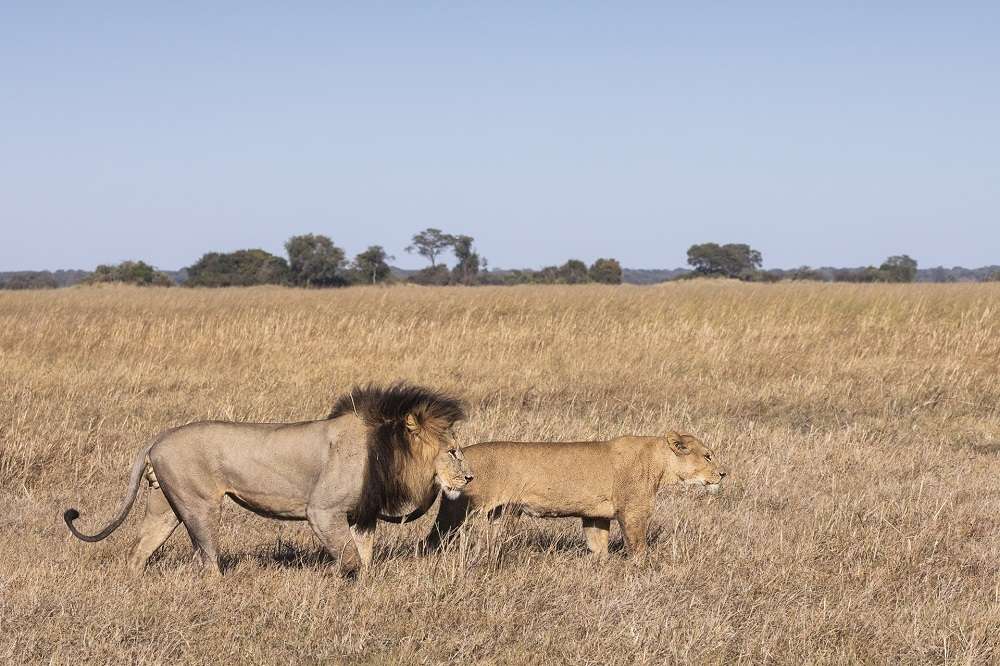
The pride number is estimated at about 30 individuals, but the pride is currently divided into three smaller sub-groupings:
- Killing Machine and Princess are often seen together but have no cubs this year. They are also roaming over a large area. Killing Machine and Princess had eight cubs in 2020, of which all have survived to date.
- Maggie and Kinkytail in the northern papyrus (Mukambi) area. They had six cubs in 2020 and it’s uncertain how many have survived. These two females currently have about seven cubs.
- The remaining dominant male, Scarface. He has formed a loose coalition with Blondie (first generation offspring of Maggie) and another younger male (second generation offspring of Maggie).
- Five sub-adult males known as the Bad Boys. They have also been associating with their young female sisters Nara and Rayner, although only four of these males have been seen this year so far. These are all the progeny of Killing Machine and Princess. The Nara sisters have three cubs at present. The Bad Boys have not, however, been seen since end of May 2022 – probably been temporarily pushed off the Plains by Scarface and Blondie.
- Nervous (Scarface’s original coalition partner was killed in 2019) and the legendary Queen has unfortunately not been seen since the 2020 season.
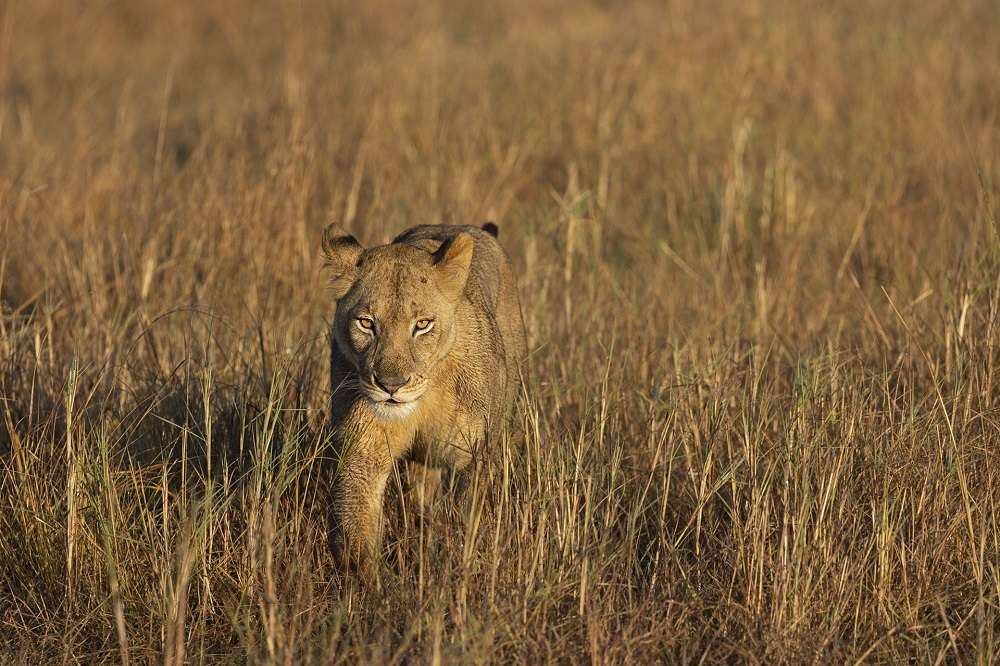
One possible reason why the Papyrus Pride is currently quite fragmented is due to the high rate of male cubs born, notably, in 2018 and 2020, with many of these now adolescent males having been dispersed by Scarface. Two new nomadic males are also showing some aggression towards Scarface, who is trying to hold onto his pride tenure.
Over our four nights on the Busanga Plains, we saw several of these pride members, often in close proximity to both Wilderness camps. Scarface, Killing Machine and Princess passed very close to Shumba Camp, whilst the young females, Nara and Rayner – with the three cubs – passed right by my tent one morning. It was so close I could hear the heavier footsteps of the females, the contact yelps of the cubs, and even their breathing.
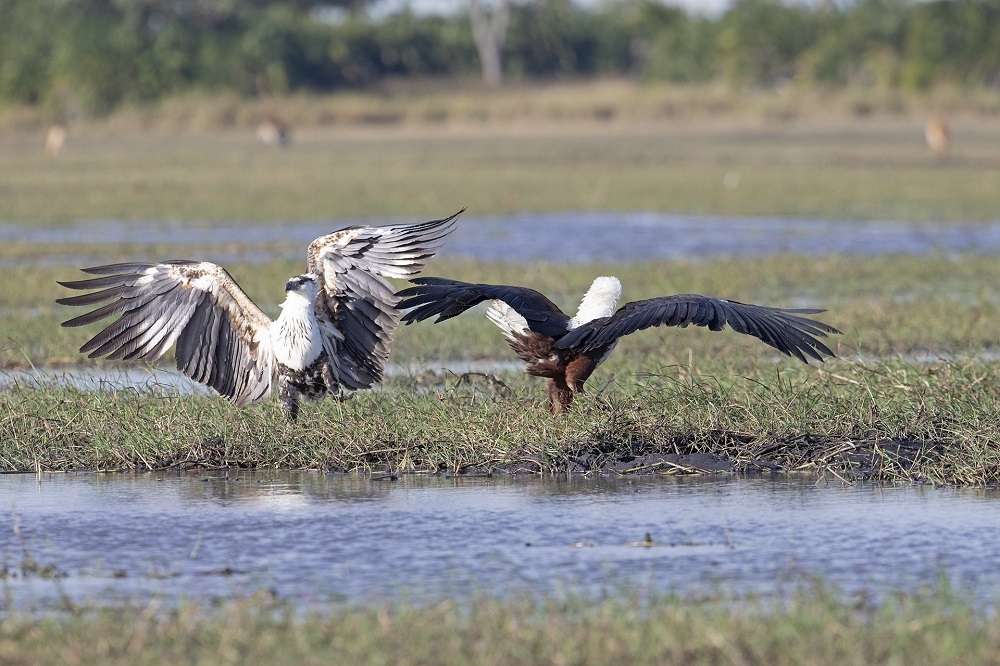
Another wonderful aspect about visiting the Busanga Plains early on in the season is the opportunity to explore the Lufupa channel system by boat. This provides an incredible vantage to enjoy and photograph Busanga’s inhabitants up close and personal. Large pods of hippopotamuses and various waterbird species fill, and compete for, nearly every bit of remaining water, and the lush grassy plains are simply teeming with immense herds of grazing red lechwe and puku.
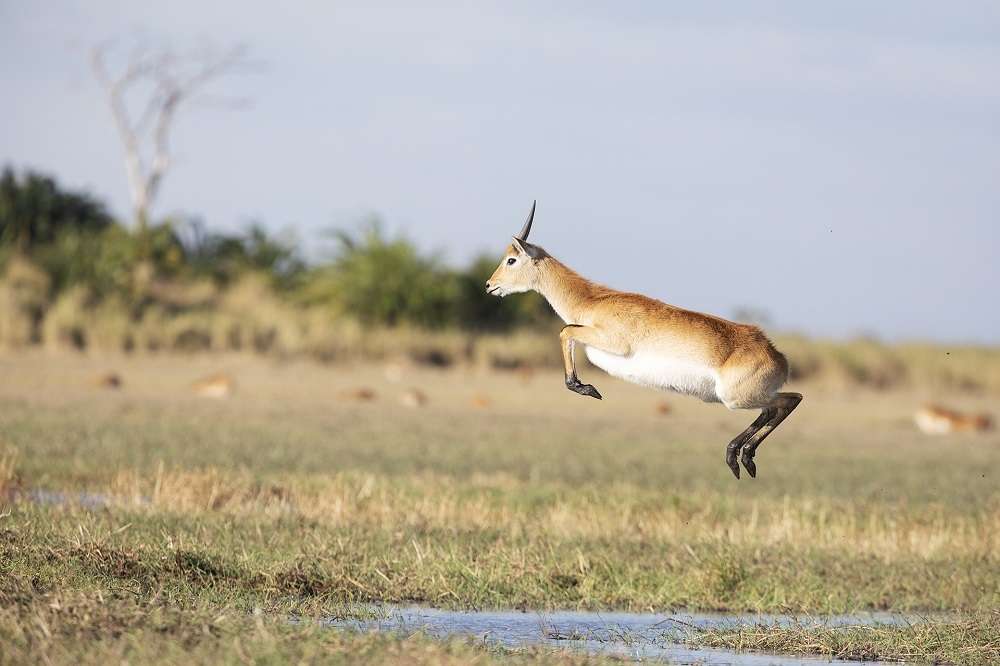
These grassy areas are frequently visited by buffalo too, with a large herd of about 350 animals often seen. The drier grasslands closer to the miombo treeline are in turn favoured by Lichtenstein’s hartebeest, blue wildebeest and oribi, and as conditions get drier, the area is visited by herds of roan antelope. Whilst the 2022 season has been much drier than previous years at camp opening, some boating has still been available. The positive in all this is that many areas are already accessible by safari vehicle.
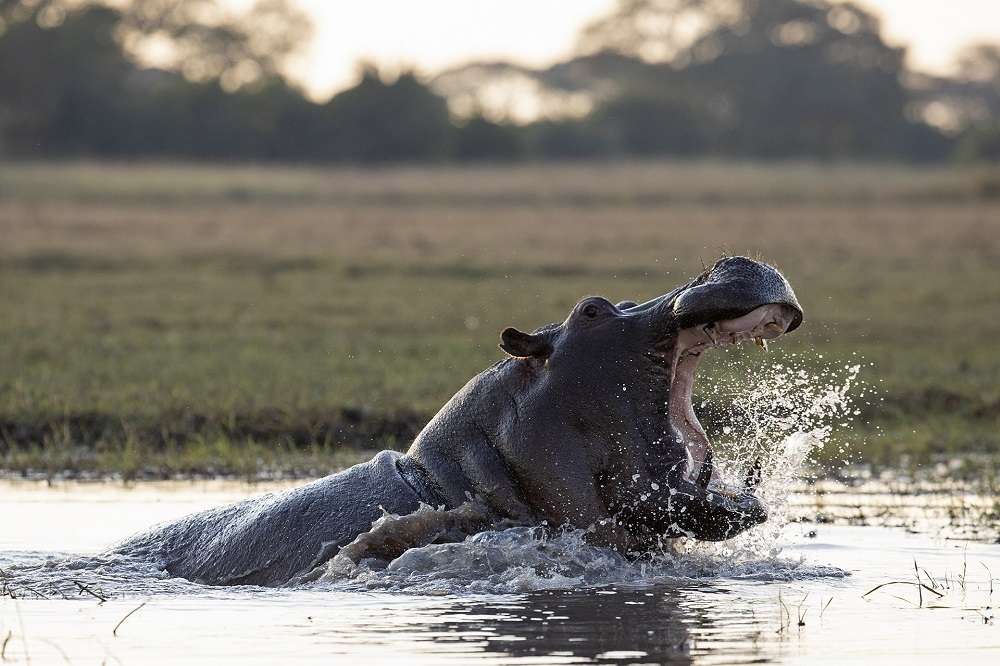
Birders will love the Busanga Plains too. On our early June visit we tallied 128 bird species over four nights. Specials included Fülleborn’s longclaw, southern ground hornbill, coppery-tailed coucal, incredible numbers of both grey crowned and wattled crane, lesser jacana, greater painted-snipe, brown firefinch, Hartlaub’s babbler, black-throated wattle-eye, white-winged black tit, Böhm’s bee-eater, western banded snake eagle, yellow-billed oxpecker, swamp nightjar, African marsh harrier, buffy pipit, plain-backed pipit and collared pratincole – to mention just a very few. The density of waterbirds such as African openbill, saddle-billed stork, spur-winged goose and white-faced whistling duck, amongst many others, was a sight to behold. The numbers were just staggering.
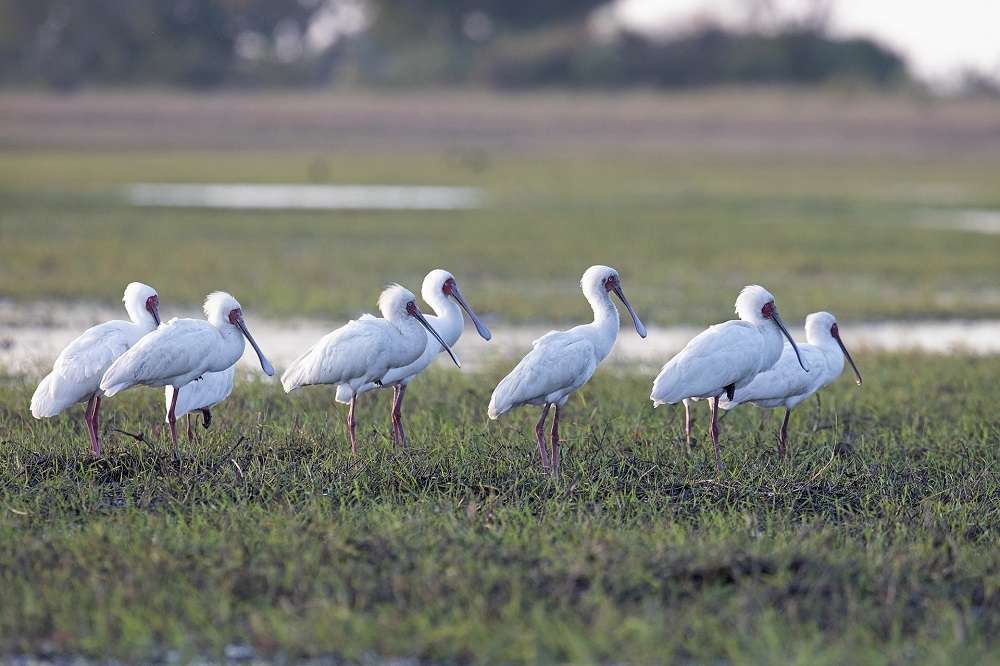
If you want to try somewhere completely different in Africa, try Busanga. You won’t be disappointed.
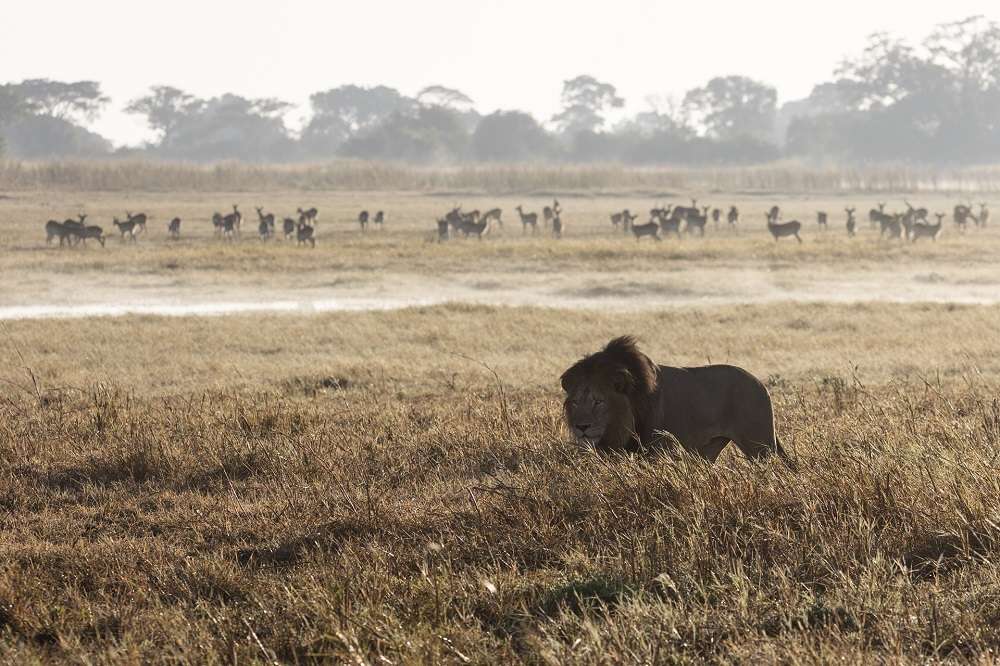
Written by Martin Benadie and Isaac Kalio
Images by Martin Benadie, Tim Desilets and James Desilets
